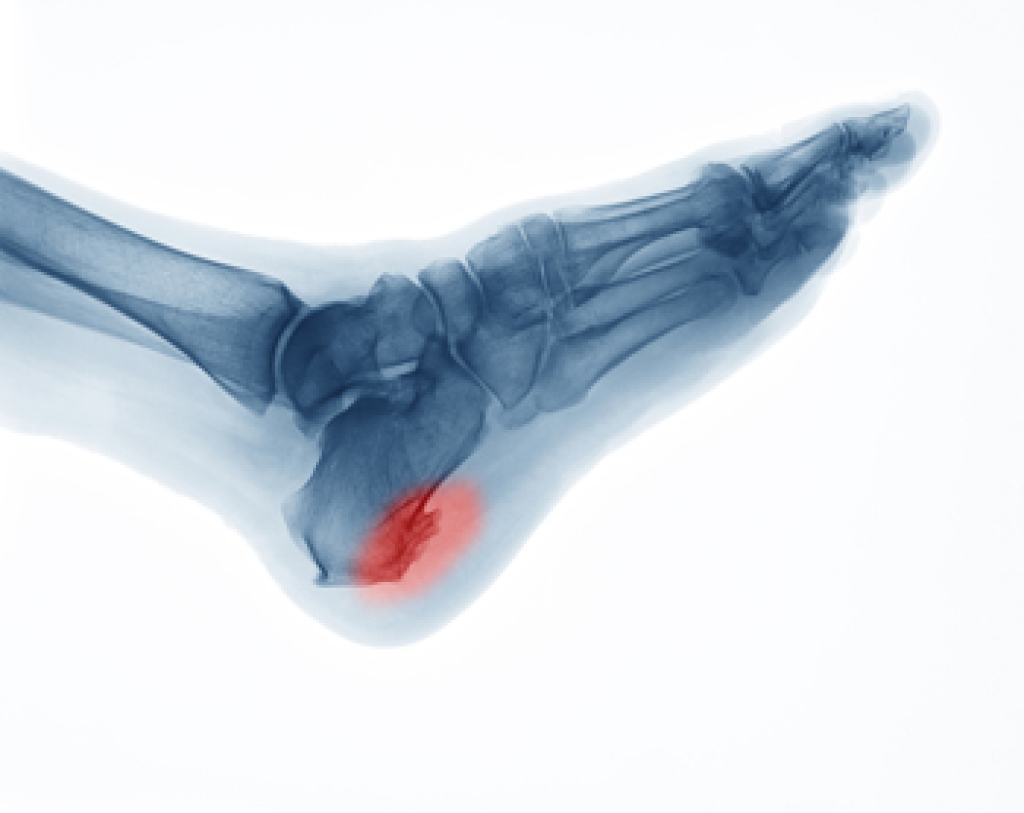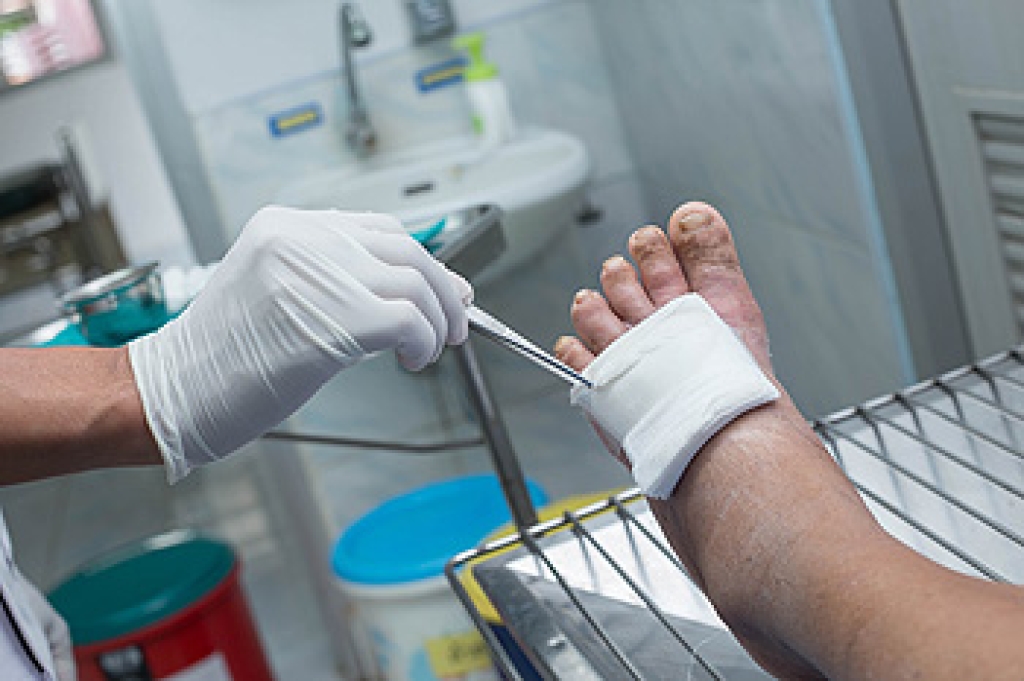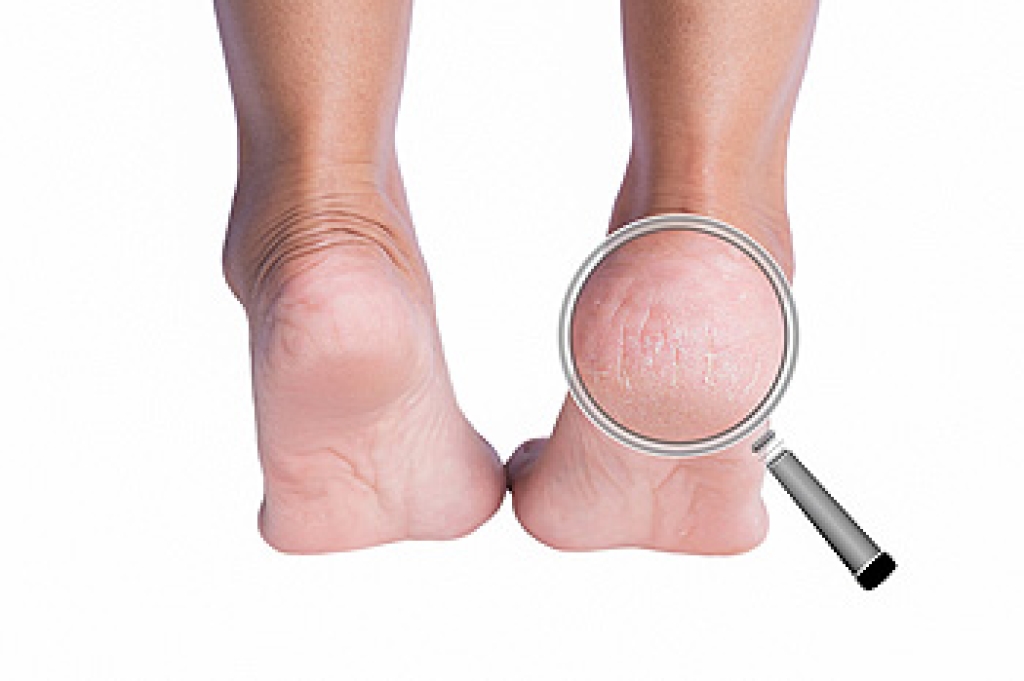 Patients who have a calcium build-up on the heel bone most likely have a heel spur. It can come from the medical condition that is known as plantar fasciitis, or there may be an abnormal amount of calcium accumulation under the heel. A heel spur looks like a small hook, and having an X-ray taken will generally identify this ailment. It can gradually produce chronic pain, and walking can be difficult. A common cause of heel spurs is when the connective tissue starts to become thin. This can happen as a result of wearing shoes that do not fit correctly, or possibly from having existing medical conditions like arthritis. There are several treatment methods that are available for heel spurs. If you suffer from heel pain, it is suggested that you consult with a podiatrist who can make a proper diagnosis, and offer the treatment techniques that are best for you.
Patients who have a calcium build-up on the heel bone most likely have a heel spur. It can come from the medical condition that is known as plantar fasciitis, or there may be an abnormal amount of calcium accumulation under the heel. A heel spur looks like a small hook, and having an X-ray taken will generally identify this ailment. It can gradually produce chronic pain, and walking can be difficult. A common cause of heel spurs is when the connective tissue starts to become thin. This can happen as a result of wearing shoes that do not fit correctly, or possibly from having existing medical conditions like arthritis. There are several treatment methods that are available for heel spurs. If you suffer from heel pain, it is suggested that you consult with a podiatrist who can make a proper diagnosis, and offer the treatment techniques that are best for you.
Heel spurs can be incredibly painful and sometimes may make you unable to participate in physical activities. To get medical care for your heel spurs, contact Warren Levy, DPM from Armitage Podiatry Center. Our doctor will do everything possible to treat your condition.
Heels Spurs
Heel spurs are formed by calcium deposits on the back of the foot where the heel is. This can also be caused by small fragments of bone breaking off one section of the foot, attaching onto the back of the foot. Heel spurs can also be bone growth on the back of the foot and may grow in the direction of the arch of the foot.
Older individuals usually suffer from heel spurs and pain sometimes intensifies with age. One of the main condition's spurs are related to is plantar fasciitis.
Pain
The pain associated with spurs is often because of weight placed on the feet. When someone is walking, their entire weight is concentrated on the feet. Bone spurs then have the tendency to affect other bones and tissues around the foot. As the pain continues, the feet will become tender and sensitive over time.
Treatments
There are many ways to treat heel spurs. If one is suffering from heel spurs in conjunction with pain, there are several methods for healing. Medication, surgery, and herbal care are some options.
If you have any questions feel free to contact our office located in Chicago, IL . We offer the latest in diagnostic and treatment technology to meet your needs.



